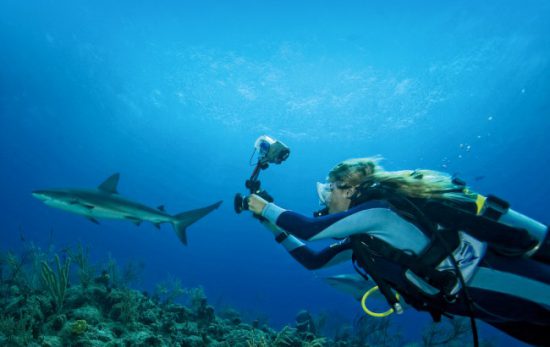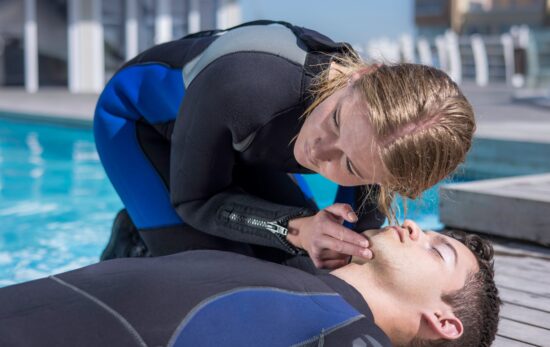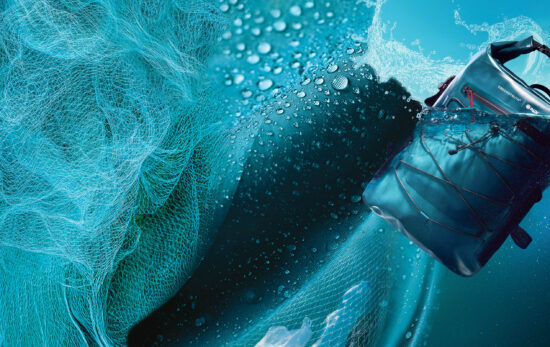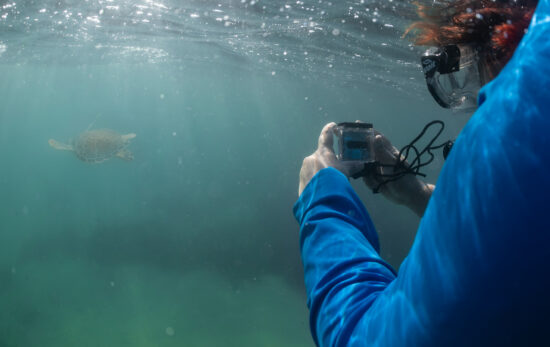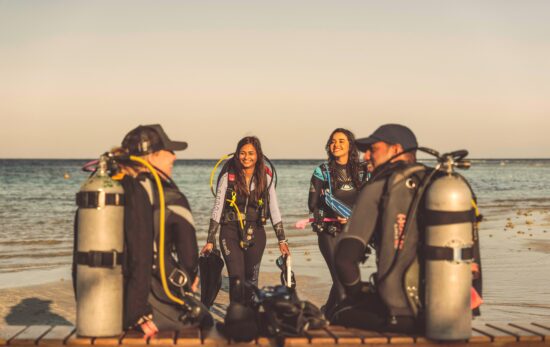Along with buying your own computer and regs, one of the big purchases a diver can make is their own wetsuit. So in this blog, we take a general look at wetsuits.
Why Do We Need Exposure Suits?
Heat-loss control is the major factor. Water conducts heat away from you 20 times faster than air of the same temperature. So, even on a dream tropical holiday, being in the water longer can lead to discomfort. Exposure suits also offer you protection from cuts, scrapes and stings in the underwater environment, where prolonged exposure to water leads to a softening of your skin.
Wetsuits are by far the most common form of exposure suit you as a diver will encounter and come in many styles, configurations and thicknesses. In general, a wetsuit can keep you suitably warm in waters anywhere between 10ºC/50ºF and 32ºC/90ºF (obviously,y at both ends this can vary depending on the diver)
How Does It Keep Me Warm?
Okay, let’s bust the main myth about wetsuits – the layer of water between your body and the suit provides very little insulation.
Instead, the insulation comes from the thickness of the neoprene. This explains why you can get differing thickness wetsuits. The layer of water is heated by their body, and as long as it stays there, this allows the neoprene to insulate you. This is why its important to have a well-fitting wetsuit, as it stops cold water from circulating in the suit. Each time you heat that water, you lose some body heat and you can start to feel cold.
Neoprene comes in various thickness’s generally between 1.5mm and 7mm. You will probably find 3mm, 5mm and 7mm are the standard across many diving products. 3mm being for tropical waters and 7mm being suitable for much cooler waters (with a good hood and gloves, I’ve worn mine comfortably in 8ºC water)
Farmer John or Shortie?
Just to complicate matters, we also have different styles of suit:
- Shortie – As the name suggests, generally a one-piece with short sleeves and legs. Best suited for water 27C/81F and above
- One Piece – Your standard full-length suit, either front or rear zipped, and often 3mm, 5mm or 7mm thick
- Two Piece – Generally a long John (often called a Farmer John) and top, or a one piece with an extra hood vest, perfect for colder waters. Available in various thicknesses
- Semi Dry – Essentially a normal wetsuit with better seals to reduce water entering or leaving the suit.
If you’re looking to purchase your first wetsuit or just wanting to replace that worn old one with the dodgy 80s style dayglo coloured patches then, remember fit is the most important factor and your local PADI store will be the best place to get advice not just about fit or styles but also what is best for you and your local conditions.
Find your local PADI store for expert advice.

